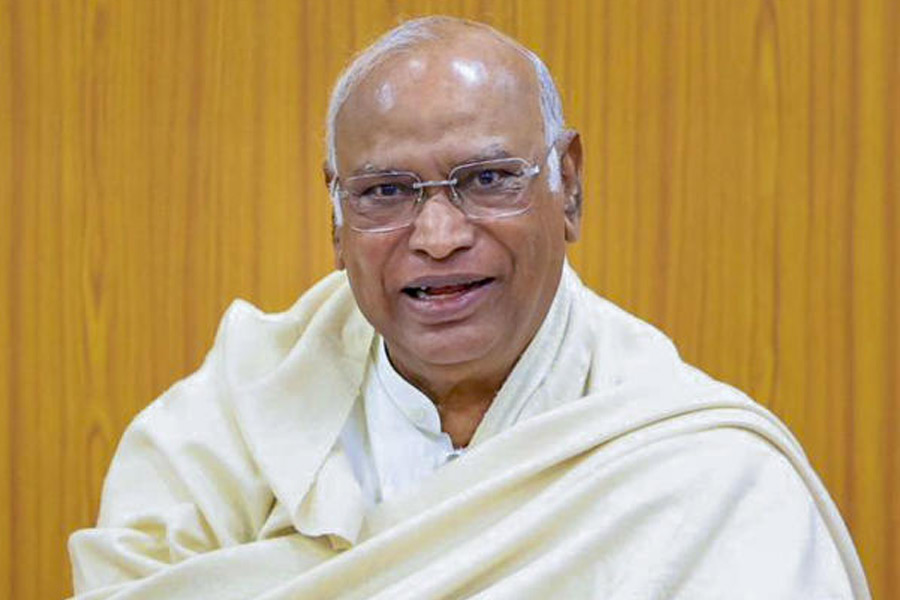For Frances H. Arnold, who was awarded the Nobel Prize in Chemistry for “directed evolution”, life’s been a meandering path. Her father was a nuclear scientist, yet she never intended to study science.
Growing up in Pittsburg, Arnold was a fiercely independent teenager living on her own. During high school, she worked as a cab driver and a waitress at a jazz club to cover her living expenses. In her late teens, she hitch-hiked all the way to Washington D.C. to protest against the Vietnam War. Her grades suffered, but she was smart enough to apply for a major in Mechanical Engineering at Princeton University in New Jersey, US. She got through too, the only woman to do so. It was the 1970s and those days no woman approached such “male” domains.
During college, she studied Economics, Russian and Italian in addition to her core subjects. She also worked on a solar project in South America and a factory near Milan in Italy that manufactured nuclear-power components. Soon after, two incidents, the oil crisis of the 1970s and the Three Mile Island disaster in a nuclear reactor in Pennsylvania — and the mass panic in its wake — sparked her keen interest in finding sources of alternative energy.
That’s how she ended up at the California Institute of Technology (Caltech) — her port of call since 1988 — as a biochemical engineer. She wanted to create novel proteins by manipulating their structures — engineering proteins — so that they could be harnessed to produce biofuels, drugs and other biological molecules important for the chemical industry. More precisely, she was trying to design stronger, faster and more useful enzymes — proteins that are critical to specific chemical reactions required to generate these products.
“When I started engineering proteins I didn’t know how hard it would be,”Arnold said in an interview in 2014, when she was inducted into the US National Inventors Hall of Fame. In the early 1990s, scientists could pick and choose small proteins and change them to create new stuff useful in the chemical industry. For large proteins like enzymes, however, it was impossible to pinpoint the structural changes that would result in a desired characteristic. “I realised I’d have to find a different approach to solve the problem,” she said.
Arnold realised she could put to work an ancient biological process — the basic principles of Darwinian evolution (chance variations followed by selection). Darwin had observed how farmers and breeders selectively bred the choicest flowering plants or cattle without realising the underlying principles. People have engaged in artificial selection for centuries by choosing to breed specimens that exhibit the most desirable traits, whether it be ruffles in pigeons, speed in horses, or colour in orchids.
Arnold’s basic idea was to mutate a starting molecule to produce millions or billions of variants. She would then apply some kind of selection process to filter out the “fittest” variants — those that outwit other competitors in, say, catalysing a reaction for a novel biofuel. New mutations would then be added to the winner molecules and the selection pressure applied once again. Repeating the process over several generations would mean a full-blown evolution. In effect, the molecule produced at the end would be created by accident. This is the reason biologist Richard Dawkins called evolution a “blind watchmaker”, which produces intricate structures through a series of accidents.
Arnold’s pioneering work in the “directed evolution” of an enzyme began by creating DNA mutations in a test tube. “You can easily have millions... billions... trillions of copies of that DNA, all that have different mutations in them,” she said. She invented techniques to screen for enzymes with slightly more of a desired characteristic and ways to replicate it in bacteria. “I could make more stable enzymes. I could alter their substrate specifications. At that point of time no one knew how to do it,”Arnold added.
Today, Arnold has dozens of patented techniques and tools used to make enzymes for hundreds of products — from animal feeds to renewable fuels, removing toxins from the environment to accelerating drug discovery. “Twenty-five years ago it was considered the lunatic fringe,” Arnold said in her 2014 interview. “Scientists didn’t do that. Gentlemen didn’t do that. But since I’m an engineer and not a gentleman, I had no problem with that.”
The Royal Swedish Academy — which selects Nobel winners — notes that the catalysts synthesised in her lab can produce materials that don’t yet exist in nature, speed up chemical reactions, produce fewer by-products and, in certain cases, replace heavy metals. Currently, her focus is on producing renewable energy, with a long-term goal of creating environmentally-friendly fuel that will revolutionise transportation. “This was a revolution based on evolution,” says Claes Gustafsson, a member of the Nobel Committee for Chemistry. Sara Snogerup Linse, another member, says that thanks to the work Arnold pioneered, “now you can use these enzymes to speed up reaction and replace toxic chemicals”.
Arnold happens to be only the fifth woman to have won the Nobel Prize in Chemistry. The 62-year-old professor of chemical engineering, bioengineering and biochemistry at Caltech received half the prize money while two other scientists, George P. Smith and Gregory P. Winter, split the other half. It’s not surprising that she got the major share. Thanks to her, a process that takes millions of years in nature can now be replicated in a lab in probably less than a week.











